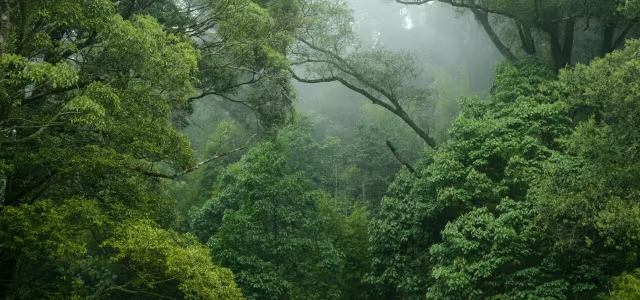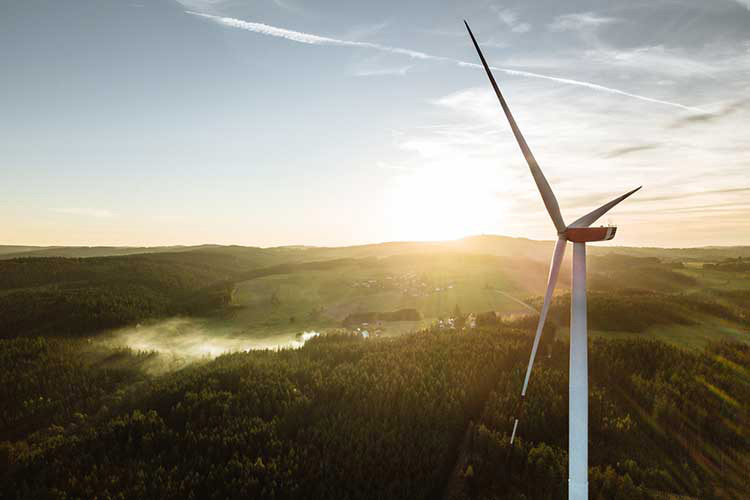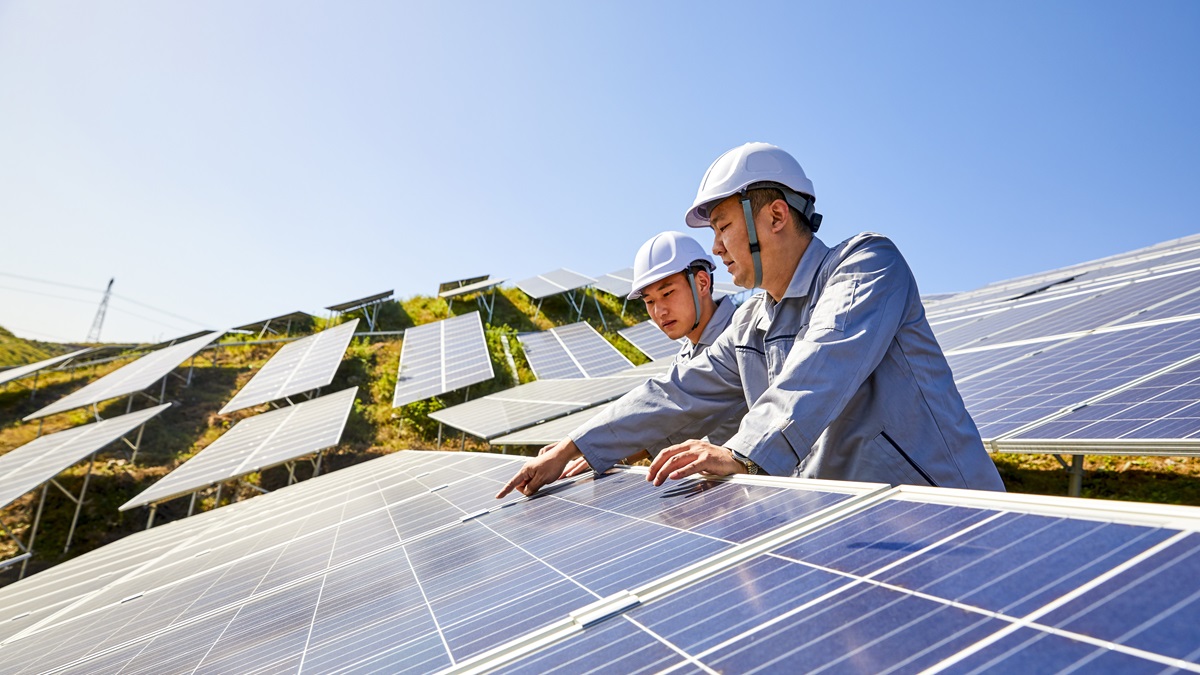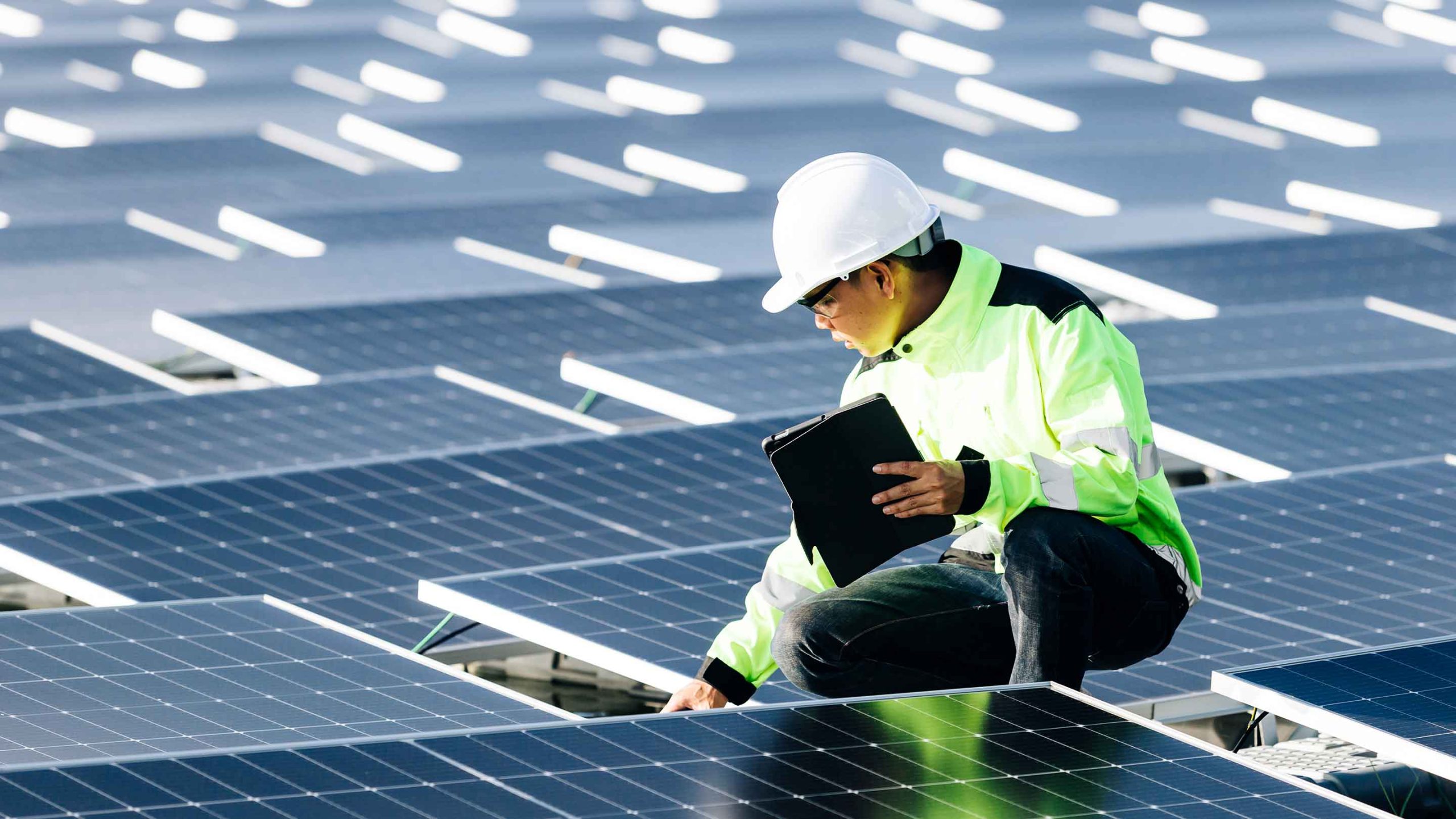The Role of Forests in Combating Climate Change

Forests are often called the lungs of our planet, and for good reason. They absorb massive amounts of carbon dioxide, release oxygen, and act as one of the most powerful natural defenses against climate change. Beyond carbon storage, forests regulate temperatures, protect biodiversity, and support the delicate balance of ecosystems worldwide. Yet, deforestation and unsustainable land use threaten their ability to perform these vital functions. Understanding the role of forests in combating climate change is essential if we hope to preserve a healthier, more resilient future for our planet.

The Role of Forests in Regulating Global Temperatures
Forests play a crucial role in regulating global temperatures by acting as natural climate stabilizers. Through the process of photosynthesis, trees absorb carbon dioxide, a major greenhouse gas, and release oxygen, reducing the overall concentration of heat-trapping emissions in the atmosphere. In addition, forests provide shade and release water vapor through transpiration, which helps cool surrounding air and maintain regional weather patterns. Tropical rainforests, in particular, influence rainfall distribution and even impact global climate systems. When forests are cleared, this balance is disrupted, leading to hotter temperatures, irregular rainfall, and increased vulnerability to extreme weather events. Protecting forests is not only about preserving biodiversity but also about ensuring a stable climate for future generations. By maintaining these ecosystems, we allow nature to continue performing its essential role in cooling the planet and mitigating the effects of climate change.
Reforestation and Afforestation as Climate Solutions
Reforestation and afforestation are powerful strategies in the fight against climate change. Reforestation involves restoring trees to areas that have been deforested, helping to rebuild ecosystems and reestablish carbon-absorbing capacity. Afforestation, on the other hand, creates new forests in regions where there were none before, expanding the planet’s ability to capture carbon dioxide. Both approaches not only reduce greenhouse gases but also improve soil quality, restore habitats for wildlife, and protect water cycles. When carefully planned, these initiatives can regenerate degraded land and provide long-term climate benefits. However, success depends on planting native species, ensuring diversity, and avoiding monocultures that could harm local ecosystems. Combined with efforts to stop deforestation, reforestation and afforestation represent practical, nature-based solutions that align environmental health with human well-being. By investing in these projects, societies take meaningful steps toward a more sustainable and climate-resilient future.
What Individuals Can Do to Support Forest Conservation
Individuals play a crucial role in supporting forest conservation, and small actions can collectively create a big impact. One of the simplest steps is reducing paper and wood consumption by choosing recycled or sustainably certified products. Supporting organizations that work to protect forests through donations or volunteering also makes a difference. Adopting eco-friendly habits, like reducing meat consumption, helps lower demand for deforestation-driven agriculture. Planting trees locally or participating in community greening projects contributes directly to reforestation efforts. Consumers can also use their purchasing power to favor brands committed to sustainable sourcing and zero-deforestation policies. Even raising awareness, whether through conversations, social media, or education, amplifies the importance of protecting forests. By making mindful choices and supporting conservation initiatives, individuals become active participants in preserving these ecosystems. Every action, no matter how small, helps ensure forests continue to grow and combat climate change for generations to come.
Conclusion
Forests are powerful allies in the fight against climate change, providing carbon storage, climate regulation, and biodiversity protection. Protecting and restoring them is not just an environmental duty but a global necessity. By supporting conservation efforts and making sustainable choices, we can safeguard forests and ensure a healthier planet for future generations.






